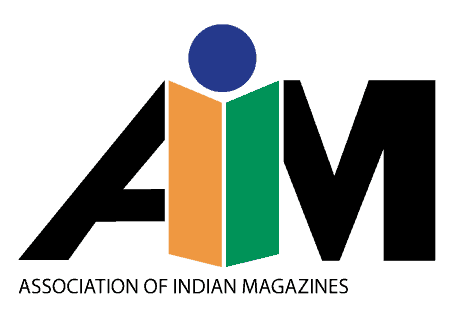Premium and longform content is becoming increasingly valuable
Delegates from a number of media companies spoke about the growing importance of longform content. “Premium content is at the heart of our DNA,” declared Michael Finnegan, COO, Atlantic Media, USA. “It provides great user engagement, premium content for our ad partners and enables us to charge premium rates.”
“It also helps us differentiate ourselves from all the other digital startups. Great storytelling is a barrier to entry, it is really tough to write a story that is 18,000 words that is compelling and intelligent.”
Deals can come from unlikely places
Deals aren’t just done in low lit boardrooms after months of negotiating! As Johnathan Davis, CCO and co-founder, IBT Media explained in his presentation, real estate was a major factor in his company snapping up Newsweek Magazine. “In 2011 IBT Media was expanding and we were running out of office space,” explained Davis. “We ended up moving into Newsweek’s offices and because of this we were in close contact with their key execs. We joked at the time that now we had their office we might as well get the brand. So when they called us in 2013, we seized the opportunity.”
Video is a priority
There seemed to be a clear consensus at the Congress that premium media brands need to focus on the things that differentiate themselves from bloggers and content farms. And one of these is by investing in video.
Several speakers referred to Buzzfeed’s recent US$200m investment and the way it is developing a Hollywood studio. Meanwhile Koda Wang, COO Huffington Post stressed the importance of video to his company, explaining that as much as 50 per cent of its content will soon be video based.
Melinda Lee, VP, digital content and audience development at Hearst Magazines International, added to the debate by declaring that, “Video is quickly becoming the most powerful superhero of all the content types. Year after year, video has a growth rate of over 100 per cent and offers content which engages an audience through audio, visuals and motion.”
Integrated content on social platforms will be huge
One key discussion at the congress, both on the stage and in coffee breaks, was how publishers should respond to overtures from Facebook, Snapchat and others who are offering them the chance to integrate their content into their platforms. The idea being that their stories will load much quicker and in a more seamless way on mobile devices.
Several speakers enthused about Snapchat Discover, Apple News and other innovations, citing them as a way of significantly extending the reach of their content. However as Jacob Weisberg, chairman of Slate explained, “Publishers have a range of views about working with the tech companies in this way.” He pointed out that “some see the downside that you don’t get the data from users and most importantly you are building your treehouse in someone else’s tree.” He added that at the moment Facebook is offering a favourable deal to publishers in that they can keep 100% of the ad revenues associated with the content, but warns this might change.
Culture trumps strategy
The question ‘how do you evolve a largely print media based media company into one that embraces not just digital but also other key innovations and revenue streams?’ was referenced several times during the congress. In his keynote speech Joe Ripp, chairman and CEO, Time Inc., USA argued that in his opinion the way that brands can continue to grow and thrive is if they focus on changing the culture of their companies. Stressing that he thinks that ‘culture trumps strategy’ Ripp then explained how Time Inc. regularly has brainstorming sessions with its youngest and most idealistic staff under the banner of Media Upstarts.
“They don’t know why it won’t work,” he said. “They are not jaded by the changes, but very excited about opportunities and where we can go. Tapping into that mindset is how you go for transformation.”
Evolving culture was also a key theme of the speech delivered by Michael Finnegan, COO, Atlantic Media, USA
He discussed the company’s mantra of innovation through decentralisation. “We had a business model with a corporate core and strategy and innovation came from the corporate core of a few people. As the pace changed we shrunk the role of corporate and pushed strategy, innovation and execution to the business units. Everyone is accountable for growth and keeping tabs on what else is going on in the industry.”
Podcasting is hot once again
In one of the more surprise pronouncements at the congress the chairman of Slate Group, Jacob Weisberg, talked about what he predicted is going to be a huge future for podcasting. He cited the success (from both a monetisation and audience engagement) of Slate Academy’s History of American Slavery (which combined a series of podcasts with articles and discussion groups) as a key moment for the company and one that he thinks will be widely repeated by other high-end news organisations.
Micropayments for content are now an option
Alexander Klöpping, of Dutch startup Blendle, which offers articles which readers access after making a small payment, argued that publishers needed to, at the very least, give the impression that content they produce is valuable. “If you instil a sense of value, that is at least a start. Then at least people will have begun to see that content has a value.”
He also explained that the most successful content in Blendle so far was exclusive content that was published on the platform before anywhere else. This is a strategy that Blendle, which also recently launched in Germany, sees as a key way forward.
Print is evolving
From Newsweek through to People Magazine, representatives from a number of media brands told the Congress that they were seeing ongoing demand for their printed content.
One of the key success stories is Flow from The Netherlands. Joyce Nieuwenhuijs, brand director, Flow magazine (Sanoma), attributes the success of the brand and its printed offerings to the vision of its entrepreneurs who have a clear vision for the way the company will evolve – “thinking big yet starting small.”
Flow has built up a loyal and passionate audience in many territories, and now publishes English, German and French editions as well as the original Dutch one.
Nieuwenhuijs explained that Flow has been bold in its approach. “In spite of declining advertising revenues,” it has expanded its remit to deliver notebooks, gifts, calendars and a whole lot more.
During the same panel discussion James Oseland, editor-in-chief, Organic Life (Rodale), in the USA, explained why his company had launched a print magazine this year.
“2015 is a surprising time to launch a print magazine” admitted Oseland “but we did it and it seemed like the right thing to do now. Rodale started in the 30s and organic is in the DNA of the company. Oddly there was no mainstream magazine in North America that covered organic, so we created a magazine that is a handbook to living naturally in the modern world.”
Media companies are formulating responses to ad blocking
While the delegates were flying home London news site City AM became the first UK media company to stop ad blocking software users from seeing its content. It follows a similar move by Bild.de in Germany. As the conference highlighted there are many different approaches to ad blocking including starting a dialogue with the reader through a pop up box.
Yet as Kenneth Suh of Unruly Media, an agency recently required by News Corp, stressed “brands need to work with agencies to ‘ensure that the ads they produce don’t suck!” Perhaps better quality ads will stunt the growth of ad blocking software.
The role of editor is changing
As part of a fascinating panel on the changing role of the editor, Olivier Royant, editor-in-chief of Paris Match, pulled out a photo of a suave boat captain. He said that this guy was what the editor of a magazine was like when he first came to Paris Match as a reporter years ago. Today, he described it as being more like a plate spinner with so many different responsibilities. “Sometimes the plates break,” he said. “But you spin on.”
Other delegates talked of the twenty four/seven requirements of the editor now as well as the need to work closely with commercial teams on native content.

